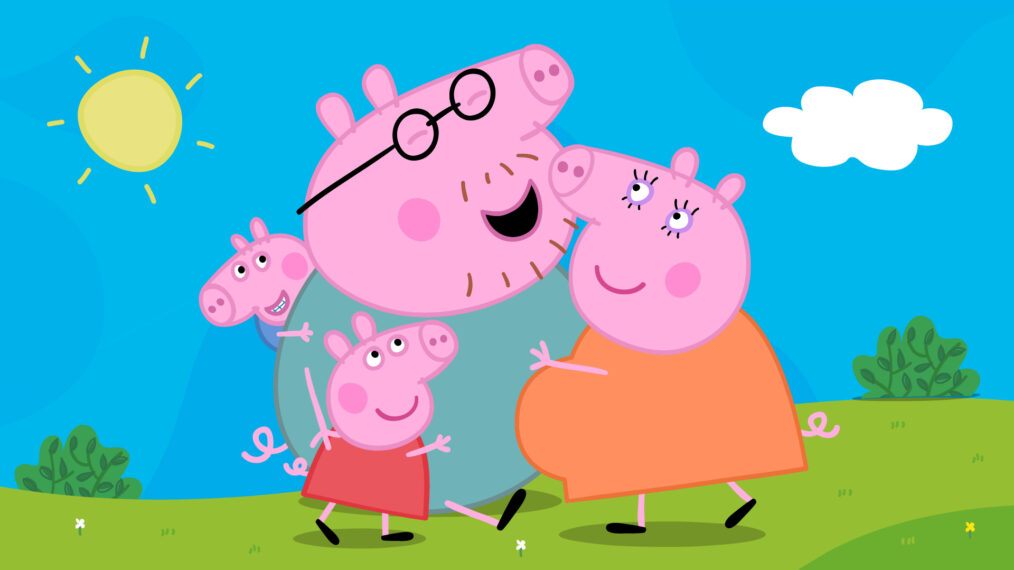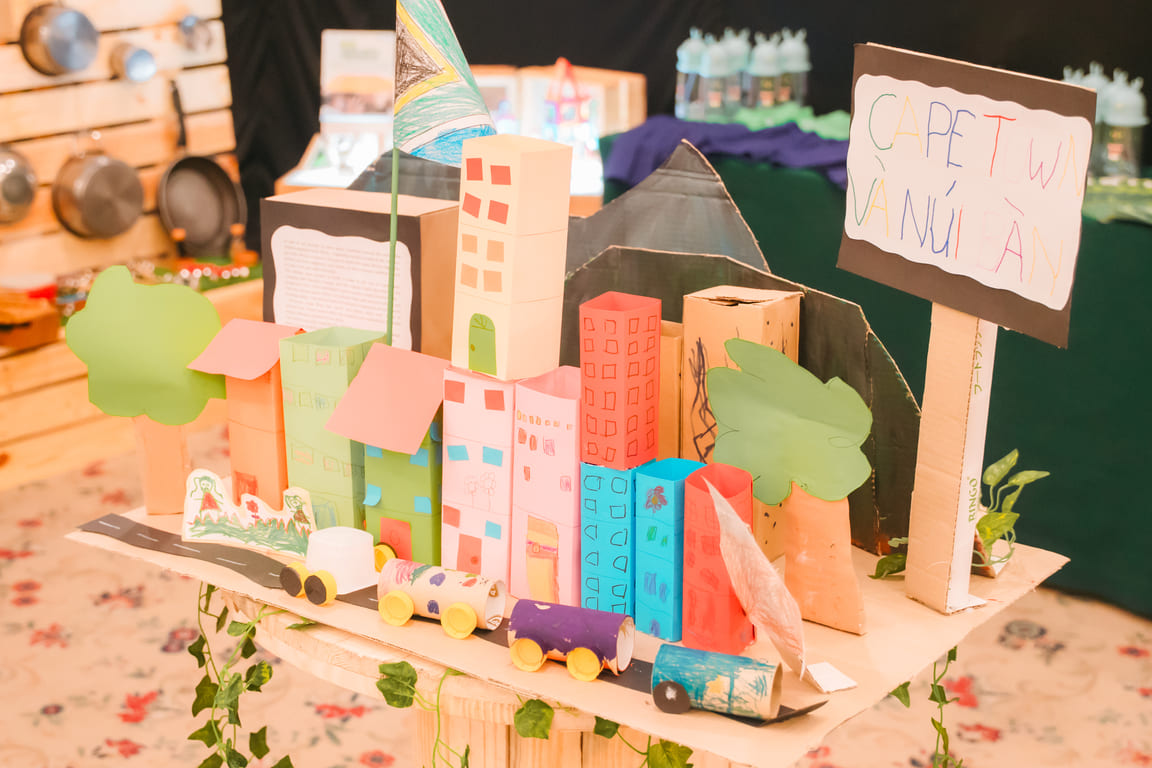Between the ages of 3 and 6, children can absorb a new language as naturally as they learn their mother tongue, thanks to imitation, imagination, and curiosity about the world around them. This is the perfect time for your child to get familiar with English, building basic listening and speaking skills as well as strong language reflexes for the future.
The best part is, parents don’t need to be fluent in English — with patience and the right environment, you can help your child learn English naturally and effectively. Here are 7 simple and practical ways to expose your child to English every day without making it feel like “studying.”
1. Listen to English songs every day
Music helps children acquire vocabulary and pronunciation naturally, without memorizing or understanding grammar. English children’s songs often use short, repetitive sentences, making it easy for kids to remember words correctly.
How to do it:
- Play music at fixed times: in the morning, during playtime, or before bed.
- Sing along and do the actions (for example: “Head, Shoulders, Knees and Toes”).
- Create a playlist of 5–10 favorite songs and listen daily.
Song suggestions:
- ABC Song
- Twinkle Twinkle Little Star
- If You’re Happy and You Know It
- Old MacDonald Had a Farm
- Baby Shark
*SEO keyword ideas: “English songs for 3-year-olds”, “kids learning English through songs”

2. Watch short English cartoons
Children learn languages best through visuals and real-life context. Animated shows with colorful visuals and simple language help them understand English without translation.
How to do it:
- Limit screen time to 10–15 minutes a day.
- Watch together and ask simple questions: “What’s this?”, “What color is it?”
- Repeat videos to help them remember vocabulary in context.
Recommended YouTube channels:
- Cocomelon
- Super Simple Songs
- Peppa Pig
- Dave and Ava
*Important note: Avoid using videos as “digital babysitters.” Choose slow-paced, easy-to-follow content.

3. Read English storybooks together
Picture books and short English stories are a wonderful way to build vocabulary and imagination. Kids can guess meanings through images, naturally expanding their vocabulary without translation.
How to do it:
- Choose simple, repetitive stories with short sentences.
- Read together and point to pictures as you read.
- Ask simple questions: “What’s this?”, “What is the cat doing?”
Story suggestions:
- Brown Bear, Brown Bear, What Do You See?
- Goodnight Moon
- The Very Hungry Caterpillar
- Dear Zoo
*Tip: Print pictures from the story for your child to color and reinforce vocabulary.

4. Play simple English games
Play is the most effective way for children to learn. When kids are having fun, their brains retain words and language patterns much faster than through formal lessons.
Fun games to try:
- Simon says: learn action verbs (jump, clap, touch your nose…)
- Find something…: find objects by color or shape
- Flashcard games: guessing, matching, or sorting words (animals, fruits, colors…)
*SEO keyword ideas: “English learning games for preschoolers”, “English games for 3-year-olds”
5. Use flashcards, pictures, and English toys
Children aged 3–6 learn better with visual aids, so always combine real-life images when teaching English.
How to use flashcards effectively:
- Label household items: chair, table, door, fridge…
- Play “find the object” games.
- Use cards as story prompts or guessing games.
*You can also use toys like stuffed animals, blocks, cars, or fruit models to “learn through play.”
6. Use short English phrases in daily conversations
Children learn language best through frequent repetition in familiar contexts. Even if parents aren’t fluent, using simple daily phrases can help build English reflexes.
Common phrases to use:
- Good morning!
- Let’s go!
- Time to eat!
- What’s this?
- It’s a cat!
- Do you like it?
*Tip: Repeat one phrase daily for several days before introducing a new one.
7. Create a fun, pressure-free learning environment
The key is not how much your child learns, but whether they enjoy learning English. When children feel relaxed and happy, learning becomes a natural part of life.
Golden rules:
- Praise when your child says a new word or sentence
- Don’t force perfect pronunciation
- Never compare your child to others
- Be patient and repeat calmly
*Create a positive environment where English is part of playtime — not a stressful subject.
Conclusion: Parents don’t need to be fluent to guide their children!
Success doesn’t depend on parents’ English level, but on consistency, positivity, and daily habits. Just 15–20 minutes a day can help your child build a solid English foundation — naturally, joyfully, and sustainably.
 School Tour
School Tour 













